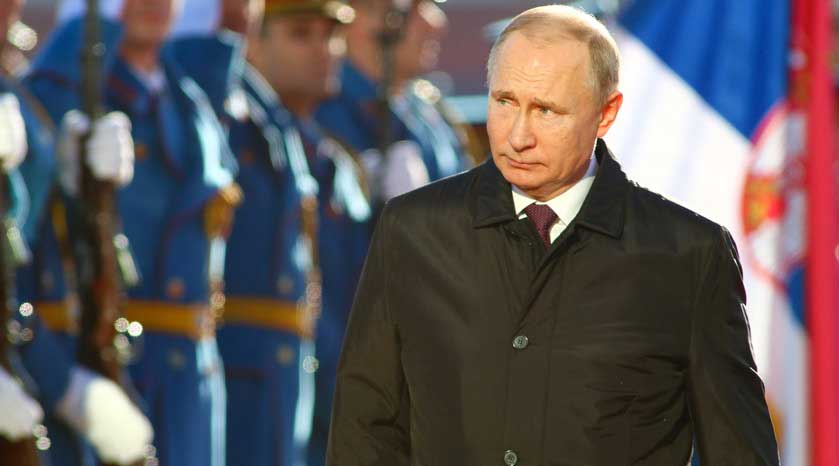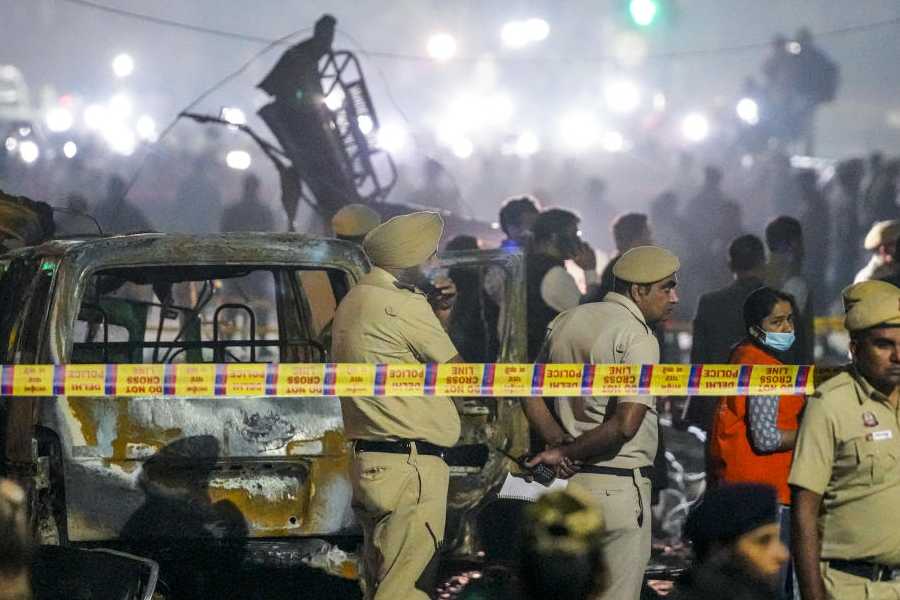No one expected much progress from this past week’s diplomatic marathon to defuse the security crisis Russia has ignited in Eastern Europe by surrounding Ukraine on three sides with 100,000 troops and then, by the White House’s accounting, sending in saboteurs to create a pretext for invasion.
But as the Biden administration and Nato conduct tabletop simulations about how the next few months could unfold, they are increasingly wary of another set of options for President Vladimir V. Putin, steps that are more far-reaching than simply rolling his troops and armour over Ukraine’s border.
Putin wants to extend Russia’s sphere of influence to Eastern Europe and secure written commitments that Nato will never again enlarge. If he is frustrated in reaching that goal, some of his aides suggested on the sidelines of the negotiations last week, then he would pursue Russia’s security interests with results that would be felt acutely in Europe and the US.
There were hints that nuclear weapons could be shifted to places that would reduce warning times after a launch to as little as five minutes, potentially igniting a confrontation with echoes of the 1962 Cuban Missile Crisis.
And as Ukrainians were reminded anew on Friday, as the websites of the country’s ministries were defaced in a somewhat amateurish attack, Russia’s army of hackers can wreak havoc in Ukraine, but also in power grids from Munich to Michigan.
It could all be bluster, part of a Kremlin campaign of intimidation, and a way of reminding President Biden that while he wants to focus American attention on competing and dealing with China, Putin is still capable of causing enormous disruption.
“Russia’s response will be asymmetrical, fast and tough,” Putin said last April, referring to the kinds of unconventional military action that Russia could take if adversaries threatened “our fundamental security interests”.
The current crisis was touched off by the Kremlin’s release of a series of demands that, if the US and its allies agreed, would effectively restore Russia’s sphere of influence close to Soviet-era lines, before Nato expanded into Eastern Europe. It has also demanded that all US nuclear weapons be withdrawn from Europe, saying it felt threatened by their presence. And it wants a stop to all western troop rotations through former Warsaw Pact states that have since joined Nato.
It has reinforced those demands, which the US calls “non-starters,” with a troop buildup near Ukraine and repeated warnings it was prepared to use unspecified “military-technical means” to defend what it considers its legitimate security interests.
In response, the Biden administration has issued warnings of financial and technological sanctions if the Kremlin should follow through with its threats, particularly in regard to Ukraine. American officials say that for all the talk about moving nuclear weapons or using asymmetrical attacks, so far the US has seen little evidence.
At a White House briefing on Thursday, Jake Sullivan, Biden’s national security adviser, declined to be drawn into the question of what kind of Russian action would trigger a US response.
“The US and our allies are prepared for any contingency, any eventuality,” he said. “We’re prepared to keep moving forward down the diplomatic path in good faith, and we’re prepared to respond to fresh acts. And beyond that, all we can do is get ready. And we are ready.”
(New York Times News Service











